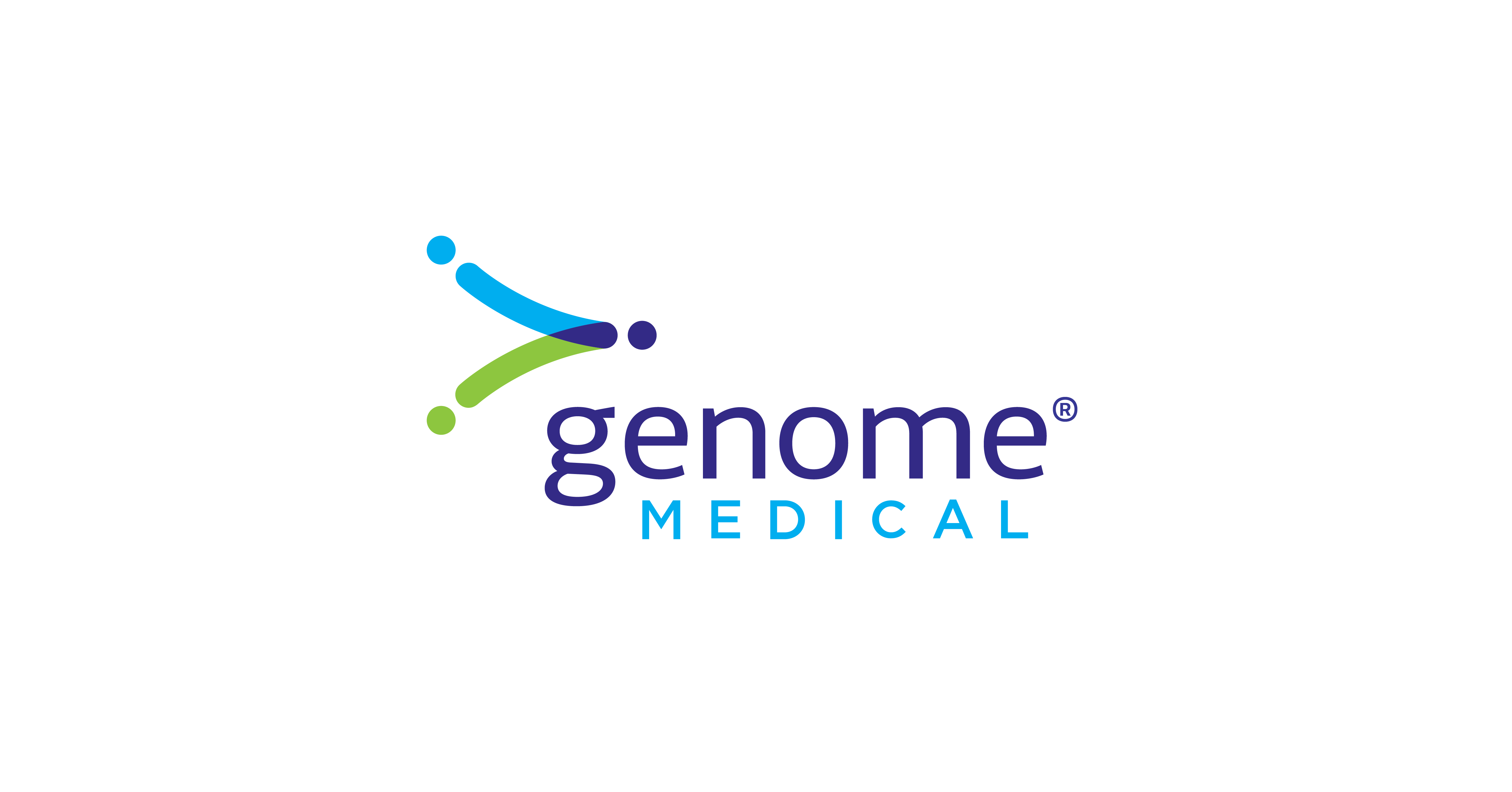
By Gordon, ES, Fine CA, Swope B, Meyers L, Weissman SM, Bailey J, Fan A, Jordan E, LeLuyer B, Rope AF, Shabazz H, and Bleyl SB
Recent studies have found that despite clear guidelines, patients are under referred for genetic counseling for hereditary cancer risks (Childrers et al 2017). However the impact of low referral is further compounded by low uptake of genetic counseling among those who are referred. Published data suggests that in the majority of studies uptake of referrals for hereditary cancer counseling is less than 50% (7.3% to 44%) (Niendorf et al 2016, Kne et al 2017, Rahm et al 2007). Here we describe our approach to referrals, data on patient follow through and proposed opportunities for improvement.
Genome Medical, a nationwide telegenetic service, contracted with a large health system to provide cancer genetic counseling services. To date, we received 407 referrals in an 11 week period. All patients were referred to genetics within the health system previously, but due to staffing shortages did not see a genetics provider. Some referrals were up to 12 months old. All patients referred to Genome Medical were contacted within one week of receiving the referral to attempt to schedule. Two different approaches were taken to this outreach. For the first six weeks patients received a phone call, followed by two emails, all 24 hours apart with 49% of referred patients scheduling. In order to try to increase follow through, the outreach approach was adapted for the following five weeks, with patient’s receiving two emails followed by a phone call over a one week period. In total, 207/407 (51%) of patients referred chose to schedule an appointment and 93% of scheduled patients completed their appointment. No statistically significant difference in the uptake of appointments was observed with the change of approach.
Additional work is needed to evaluate barriers and to drive further uptake of referrals. Barriers under investigation include: time since original referral for genetic services; understanding of the reason for referral or perceived utility; concerns regarding cost; completion of a genetic counseling visit elsewhere, and discomfort with telemedicine. Potential interventions to improve uptake include: decreased time between initial referral and first point of outreach; additional education about the cost of the appointment and utility of genetic counseling; and improved ease of use.

